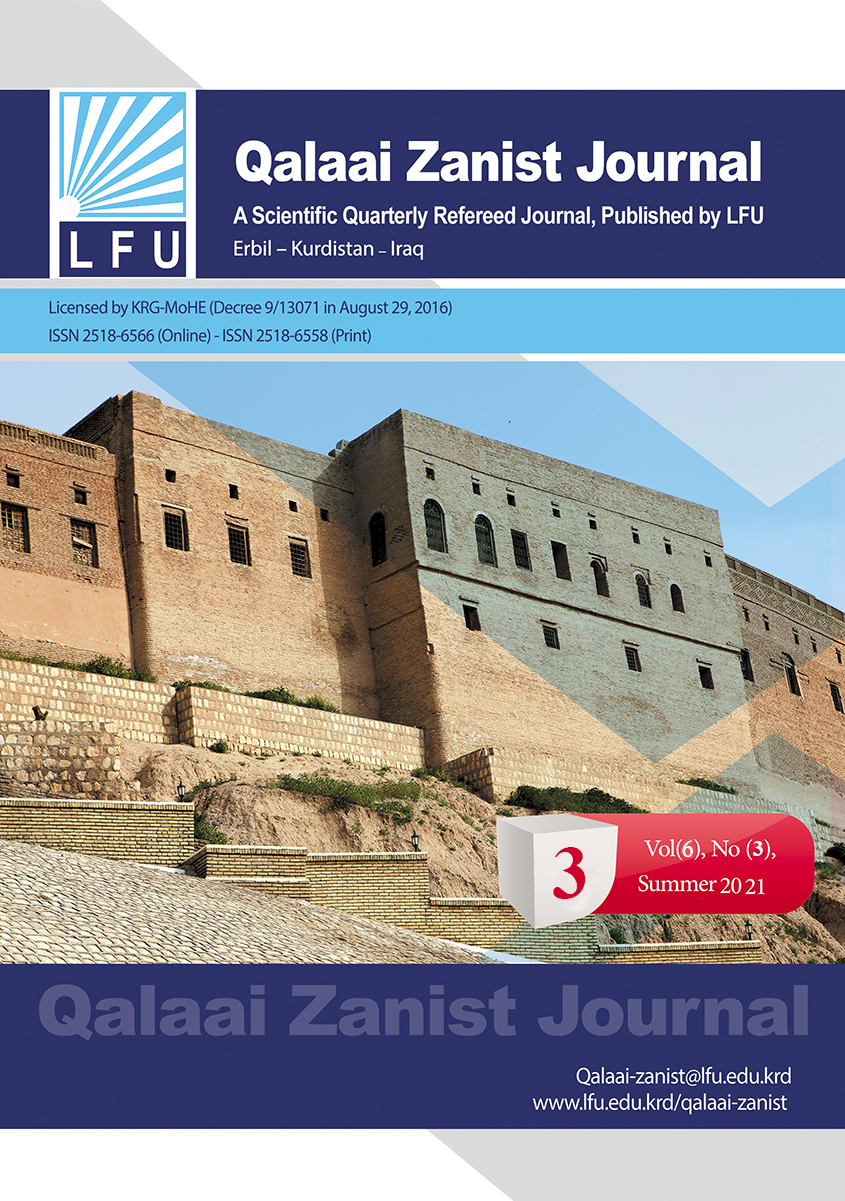The Role of Music and Sound Effects in the Theatrical Show
##plugins.themes.bootstrap3.article.main##
Abstract
The research entitled (The Role of Music and Sound Effects in Theatrical show) deals with an analytical and descriptive study that shades light on how music and sound effects are used in theatrical show based on the intellectual, artistic and aesthetic aspects. The research falls into four chapters. The first chapter (the methodological framework) deals with several points such as: the research problem, the importance of the research, aims of the research and its limits. As for the second chapter (theoretical framework), it dealt with the subject from subjects such as: the role of the choir in theatrical show, the effects of rhythm in theatrical scenes, and the use of music in the new theater. The third chapter deals with the analysis of theatrical models from the plays (Mara-Sad) and (The shadow of mountain). In the fourth chapter, the research reached a number of results, the most important of which are:
- Music is one of the main elements in the formation of a theatrical show and therefore the director and music executor should have experience in the science of drama and music.
- Music and sound effects give an important role in highlighting the social, economic, natural and psychological dimension of theatrical show.
The research also ends with several recommendations and a list of sources.
Downloads
##plugins.themes.bootstrap3.article.details##
How to Cite
Copyright (c) 2021 Zhilwan Taher Bapir

This work is licensed under a Creative Commons Attribution 4.0 International License.

